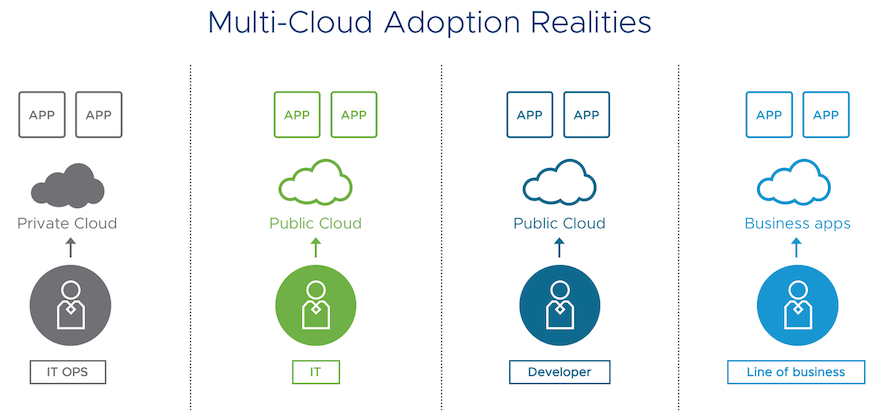Announcing General Availability of VMware NSX-T Data Center 2.2.0
VMware is pleased to announce that VMware NSX-T Data Center 2.2.0 has been released on June 5, 2018!
With this release we have introduced a number of excellent new features for on-premise deployments as well as the ability to manage Microsoft Azure based workloads as part of the NSX Cloud product. VMware NSX-T Data Center has also been updated to provide networking and security infrastructure for VMware Cloud on AWS.
Here is list of highlighted features that may be of most interested to customers. Note that this is not a complete list of new features. Please see the release notes for this release for all of the details.
Management of Workloads in Microsoft Azure
One of the most interesting new features of NSX-T Data Center 2.2 is the enablement of NSX Cloud, managing networking and security for applications running natively in public clouds, now including Microsoft Azure. This feature enables a true hybrid cloud with management of network security in a single view. This feature is detailed well in the following blog by Jonathan Morin so instead of repeating all the details here it is highly recommended you review this page: https://blogs.vmware.com/networkvirtualization/2018/06/nsx-cloud-a-new-and-improved-model-for-end-to-end-networking-and-security.html/
Enhanced Data Path Mode in N-VDS
 Past acquisitions by Microsoft have fueled heated responses on social media to the latest multibillion-dollar deal.
Past acquisitions by Microsoft have fueled heated responses on social media to the latest multibillion-dollar deal. A recent Dell’Oro report found that the prevalence of 5G has triggered strong growth within the NFV market, specifically with cloud native VNFs.
A recent Dell’Oro report found that the prevalence of 5G has triggered strong growth within the NFV market, specifically with cloud native VNFs.
 The switches are not only programmable, they're re-programmable, making them available for future use cases, using the same device.
The switches are not only programmable, they're re-programmable, making them available for future use cases, using the same device. The company partnered with Microsoft, AWS, Pivotal, and Docker to determine how to take its low-code philosophy to containers.
The company partnered with Microsoft, AWS, Pivotal, and Docker to determine how to take its low-code philosophy to containers.

 A new white paper from Zscaler introduces a powerful solution for providing an efficient and secure experience between users and cloud/SaaS.
A new white paper from Zscaler introduces a powerful solution for providing an efficient and secure experience between users and cloud/SaaS.


